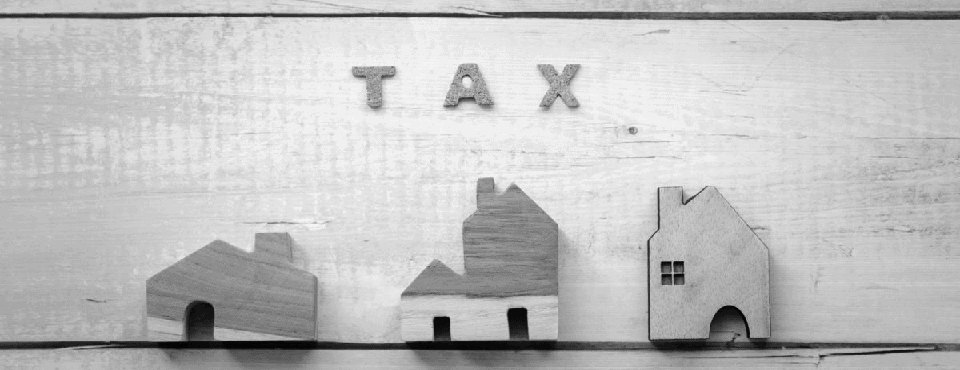What is a Sinking Fund?
A sinking fund is a fixed amount of money you save each month to prepare for a non-monthly expense like car repairs, home maintenance, or a twice-a-year insurance payment.
(Side note: Sinking Fund would also be a great name for a boat. I might add that as a wish farm goal.)
Anyway, I know the car will eventually need repairs. We all know that. Although it always feels like a surprise when it happens, we know these future expenses will show up someday.
How much will these repairs cost? I have no idea (hopefully very little).
I know that our life insurance premiums are due annually. It’s a known expense. How much will the premiums cost? We have term insurance, locked in for at least a decade, and it comes to $840 per year.
Other common examples or types of sinking funds include home repairs, medical expenses, vacations, birthday or Christmas gifts, wedding expenses, building an emergency fund, or even an annual subscription like an Amazon Prime membership. None of these are actually unexpected expenses, but they still manage to feel that way when they pop up again.
See a list of other sinking fund categories you might want in your budget!
How Much Should I Set Aside in My Sinking Funds?
Based on past experience, let’s say we spend $2,000 per year on car repairs. That means I need to be socking away $167 into my Car Repairs savings account (or YNAB category, but we’ll get there). For the life insurance premium, setting $70 per month aside in my monthly budget means we’ll be able to pay for it easy-breezy.
A calculator, a reasonable estimate of the total cost of your upcoming expense, and how long it will take to occur makes it easy to set up a sinking fund. Divide the cost by the number of months until you’ll have to pay it and start saving money for those large expenses on a monthly basis instead of in one big, scary chunk.
Why Do I Need a Sinking Fund?
Picture this: you open your mailbox, see a bill, and all of a sudden you need $700 for a car insurance premium! If you don’t have the money, what’s the first thing you do? Pull out your credit card, and into long-term debt you go! It’s disheartening, to say the least.
But how about instead of borrowing money, you just set aside a manageable amount for a number of months to reach your goal. The bill arrives, and you have extra money sitting there ready to pay for it. You pay with your debit card and it’s a done deal.
Yes, it’s utter bliss; a low effort, high impact financial safety net. Already have a sinking fund? Well, consider it a badge earned on your sash of personal finance accomplishments. Want one? Keep reading, we’ll tell you how (and why) to set one up.
Embrace Your True Expenses
Setting up sinking funds just makes sense, but let me share the real reason this concept is such an important one: It brings more intention to your spending (and saving), reduces the stress you feel around money, and instills greater confidence when you’re prepared for (almost) anything.
YNAB is more than just a budgeting app, it’s also a money management method based on Four Rules that serve as a framework for making decisions about spending and saving.
The Four Rules of YNAB
Rule 1: Give Every Dollar a Job
Every time you get paid, ask yourself, “What does this money need to do before I get paid again?” And then assign each and every dollar to an expense category, until you have zero dollars left. It’s called zero-based budgeting and it will change your life.
Rule 2: Embrace Your True Expenses
Take large or infrequent expenses and break them down into manageable monthly chunks. That way, you’ll already have the money set aside when the inevitable happens! (And it will happen. There’s no such thing as a “normal” month.) Also known as, yep, you got it: sinking funds!
Rule 3: Roll with the Punches
Managing your money shouldn’t feel punitive or restrictive. Yes, you make a plan for every dollar and, yes, you should try to predict “unexpected” expenses, but if something comes up or your plan changes—just move money between categories to cover it. No guilt or shame needed. It’s your money.
Rule 4: Age Your Money
Once you start the habit of spending more intentionally, you’ll start to accrue savings automatically. Eventually, you’ll be paying bills with money that you made more than 30 days ago. You’ll have a built-in buffer—a pile of money waiting on bills, instead of the other way around.
All four of the rules in the YNAB Method are designed to change your relationship with money so that you can spend and save with confidence, and sinking funds are an important part of that equation!
How Do I Create a Sinking Fund?
How do you start a sinking fund? Some non-YNABers advocate setting up a separate savings account or checking account and then keeping a lot of separate “accounts” within that bank account for all of your sinking funds. And if it’s a large amount of money for a big purchase (say, for a new car or a down payment on a house), it can be beneficial to save money in a high yield savings account or money market account to take advantage of higher interest rates.
This can be a great setup, but depending on your bank, it may be a little complicated to get just right. Instead of having 24 different sinking fund accounts for all your savings goals and financial goals, we set ours up in YNAB which gives an all-in-one view that feels a whole lot simpler to manage.

The beauty of the YNAB system is that all of these accounts can be easily managed right in your budget. When you’re setting up a sinking fund, you create a Car Repairs category in YNAB, set aside money into it every month, and watch the balance rise. Then those new tires you’ll need become a planned expense versus a budget-busting surprise.
To keep the number of physical accounts down at our household, I only use a separate account for our New Car Fund (I wish). All of the other accounts are small enough that I don’t bother earning any interest. It’s your personal call though.
At the end of the day, implementation details aren’t the important part. What’s important is that you’re looking ahead and actively planning what your money is going to do and when.
You’ll then find that all of those “emergencies” that used to knock you off your financial feet are now not a problem at all. Expect your “unexpected” expenses by setting up a sinking fund to pay for them when they pop up.
Want to start spending and saving in a way that will change your relationship with money…and your life? Try YNAB for free to streamline your sinking funds and simplify your financial life.
Publisher: Source link











